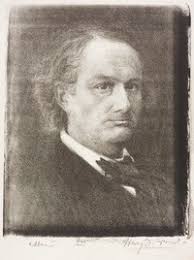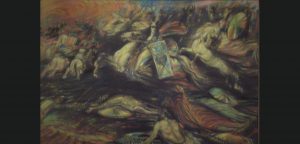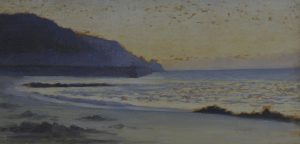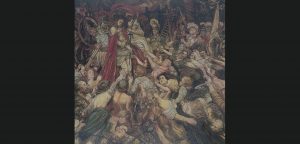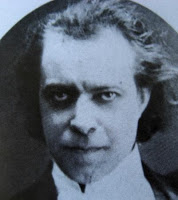He was born on the 16th of November in 1866 in Brussels in the family of realist painter and engraver Charles Degroux, famous for his social paintings. He lost his father early. This became the trauma that caused the unstable psyche of the future artist. Henri changed his last name to “de Groux”, giving it an aristocratic appeal.
1866 - 1930
Henry de Groux
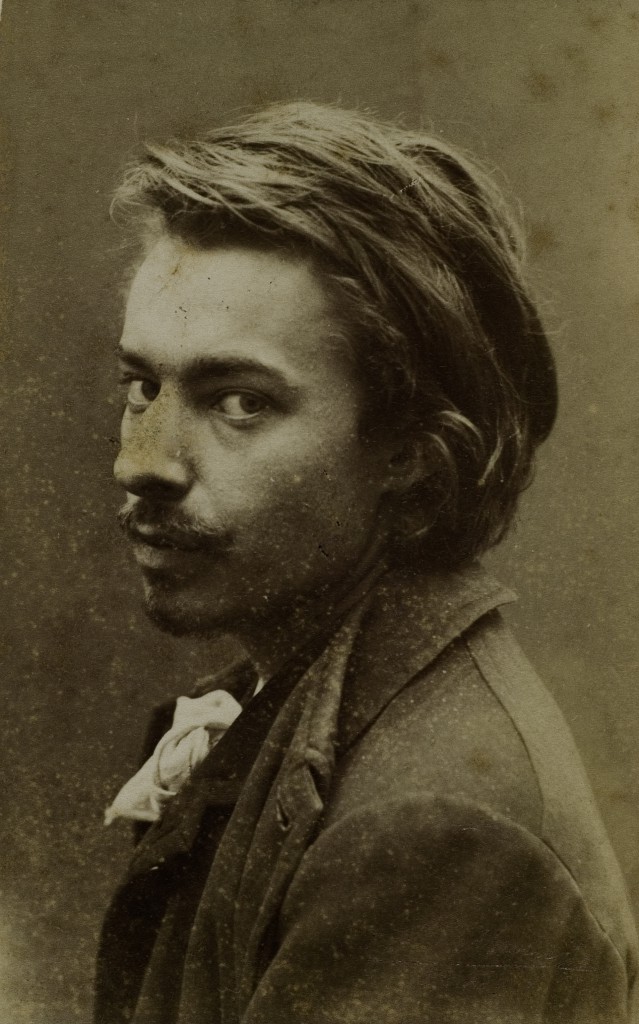
description
A Belgian and French artist, graphic artist and sculptor, illustrator.
In the history of art, he is considered one of the bright and talented artists who embodied the tragic nature of their era. As a Symbolist, the artist used the traditions of religious painting, in his own way interpreting the plots and relating them to modernity. Very important for the reconstruction of the events of the epoch of symbolism are the already published in the 21st century 18 volumes of a diary by Henry de Groux, which he and his relatives had compiled for 30 years.
De Groux engraved a series of lithographs, illustrated the “Book of the Secrets of Peladan”.
Key ideas:
– The researchers call the symbolism of Henry de Groux intellectual. The artist was inspired by the novels of Virgil and Dante, the music of Richard Wagner, and, of course, by the paintings of some great masters of the past. His works are quite often at the junction of such art movements as Symbolism and Historicism, Romanticism and Realism.
– Being aware of all historical and art events of Belgium and France, Henry is obsessed with global plans. Having decided to perpetuate his brush with a series of portraits, he chooses Paul Verlaine and Napoleon, Carl the Bold and Emile Zola, Honore de Balzac, Richard Wagner, Charles Baudelaire and others as “heroes”. He also made busts of the last two celebrities.
– Determinately and even aggressively rejecting Impressionism with its “frivolity” and Post-impressionism with its flatness and sometimes incredible brightness of pure colors, Henry de Groux considered the task of painting the depiction of tragic moments close to the Apocalypse. In accordance with this idea, the artist’s palette is often gloomy, devoid of bright color accents.
– Many paintings by Henry are so densely populated that they constitute a jumble of bodies in the strangest poses. At the same time, emotions are simply going through the roof – for example, the look of the crowd in the painting “Mockery of Zola” is more likely evil masks than people’s faces. The same can be said about the main, according to the author himself, painting “Christ attacked by a mob”. De Groux refused to exhibit it at the same exposition with Van Gogh’s “Sunflowers”, the works of Toulouse-Lautrec and Signac, for what he was immediately excluded from “Les XX”. The painting was not accepted to the prestigious Salon on the Field of Mars; however, when the exhibition was held at another place, the work had a stunning success with the Parisian intellectual elite. Many artists and writers came to get acquainted with the work of de Groux. After that, the artist entered the beau monde of the capital.
– Even more emotional is the series of 40 etchings “Faces of Victory” – in it, allegories and symbols accurately and mercilessly show the terrible scenes of fires and looting, fleeing refugees and cities inhabited by skeletons of people affected by the First World War.
1866
1877
1882 - 1884
1886
1887
1888 - 1889
1892
1914 - 1918
1920 - 1930
The birth of the artist
Became an apprentice of famous Belgian painter J.-F. Portel
Became an apprentice of famous Belgian painter J.-F. Portel.
Like his father, he studied at the Academy of Arts in Brussels
Like his father, he studied at the Academy of Arts in Brussels.
He successfully debuted at the exhibition of L’Essor (Development) group in Brussels
Thanks to his father’s friends, he successfully debuted at the exhibition of L’Essor (Development) group in Brussels; became a member of the avant-garde community “Les XX” (“Group XX” or “Twenty”).
Took part in the exhibition of “Les XX”
Took part in the exhibition of “Les XX”, where Belgians J. Ensor, Fernand Khnopff, Constantin Meunier, as well as French innovators J. Seurat and C. Pissarro were presented.
“Mocking of Christ”
He worked on a huge program canvas “Mocking of Christ”, which he himself considered outstanding.
The canvas “Mocking of Christ” was shown in Paris
The canvas “Mocking of Christ” was shown in Paris. Many artists and writers admired this work there. De Groux started keeping a diary, in which he wrote down events in details for more than 30 years.
He went to Paris
After the outbreak of the First World War, he went to Paris, watching ruined territories along the front line; impressed, he created 40 etchings, combining them into the series “The Face of Victory” (Le visage de la victoire).
The death of the artist
He lived in France: in Avignon, then on the Cote d’Azur, at the end of his life – in Marseille, where he died on January 12, 1930.

